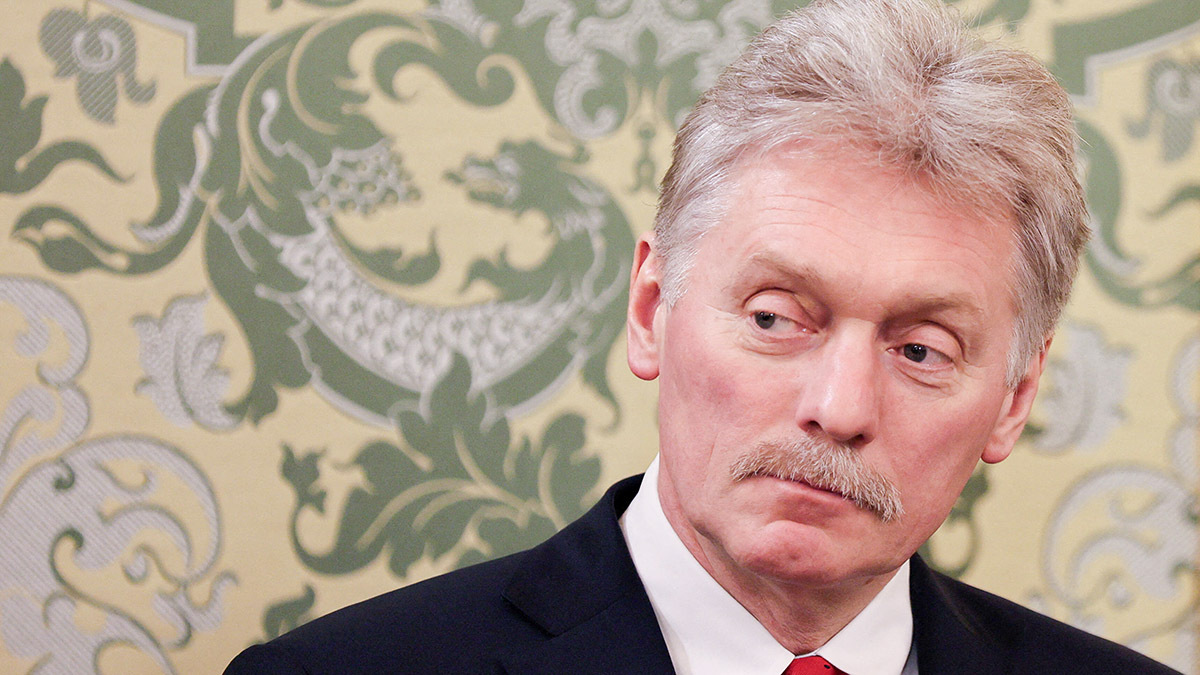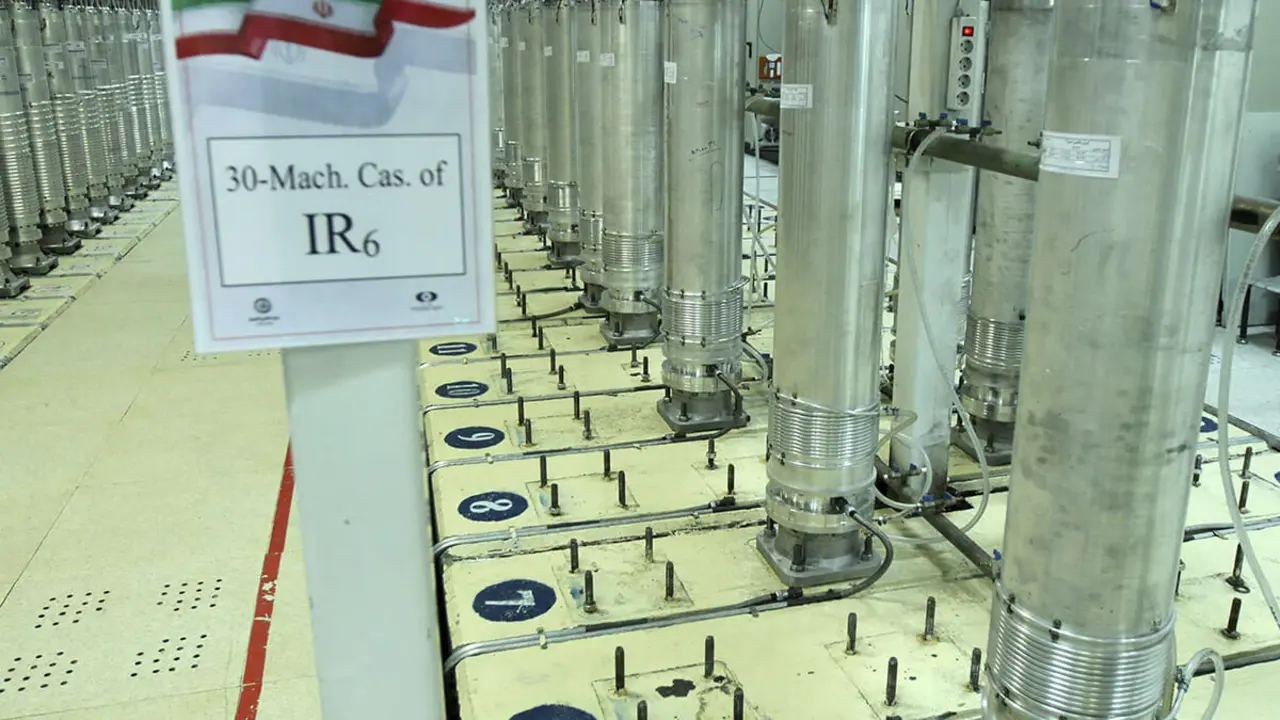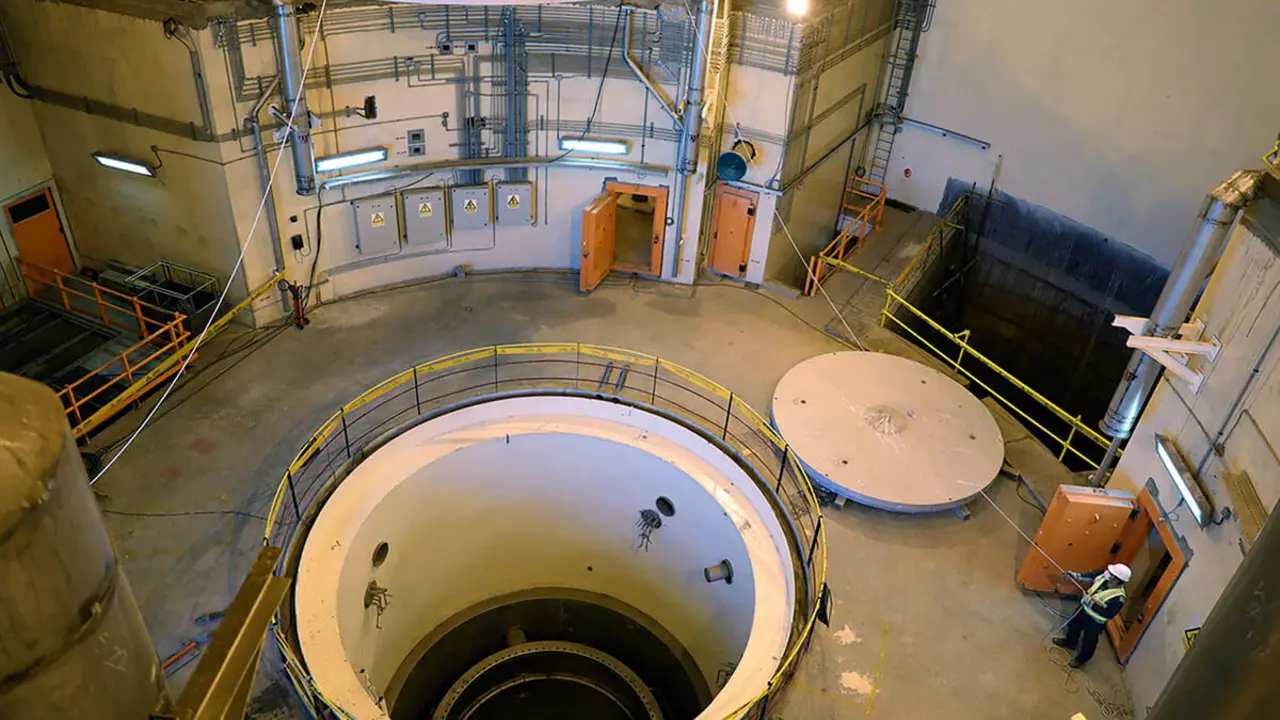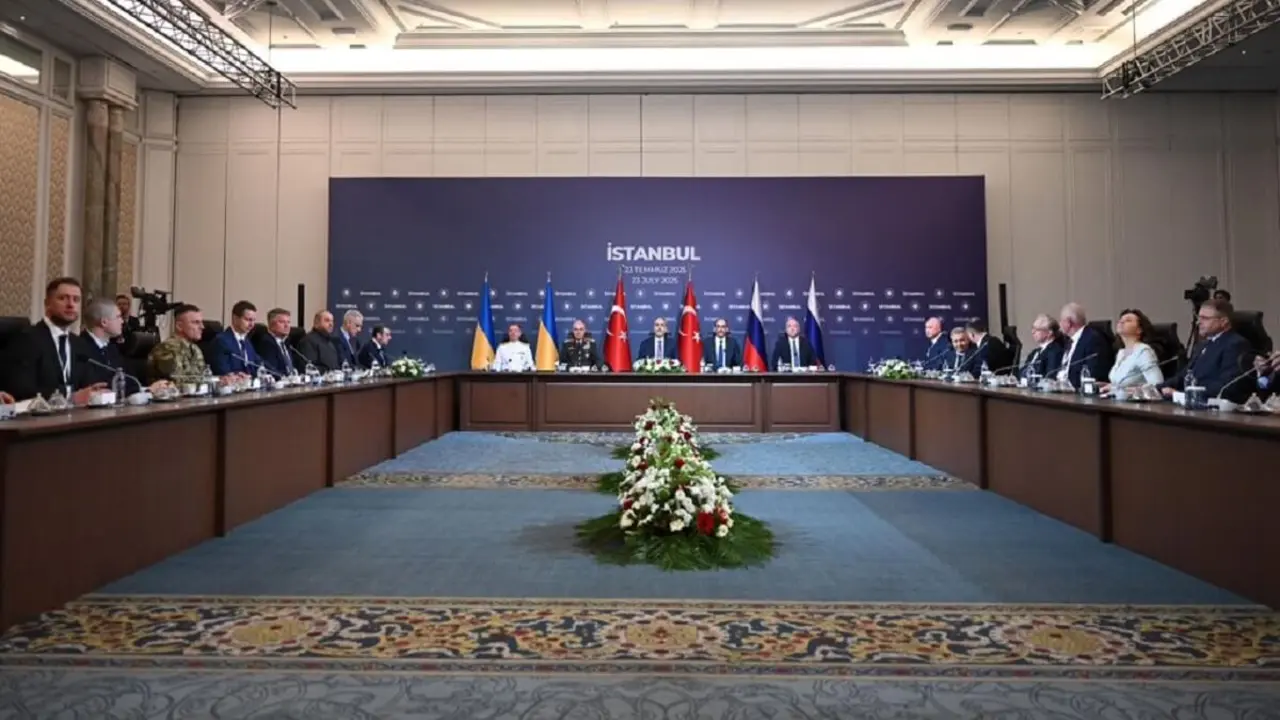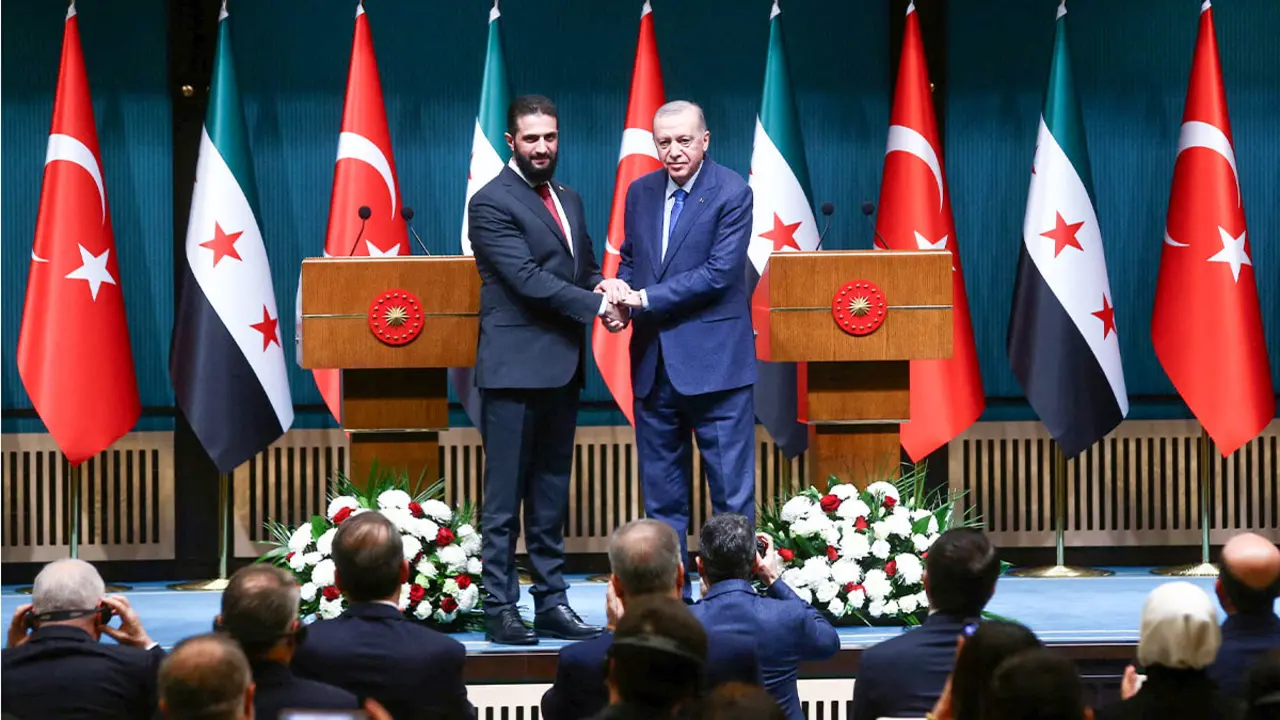Putin fulfils his plan for the development of the Russian Navy

The assistant to the President of the Russian Federation and President of the Russian Maritime College, Nikolai Patrushev, confirmed to the Russian newspaper Argumenty i Fakty that Vladimir Putin has approved the development strategy for the Russian Navy until 2050.
The draft was written by the Ministry of Defence and reviewed by the Russian Naval Board based on federal departments and organisations.
‘This is the first time in modern history that such a strategic planning document has been adopted,’ emphasised Patrushev, adding that it was necessary to set long-term goals based on the evolution of global challenges and threats facing the Russian Navy.
Patrushev summarised the plan to the newspaper as a response to ‘what Russia's naval power should be in order for our country to effectively defend its interests in the oceans’.
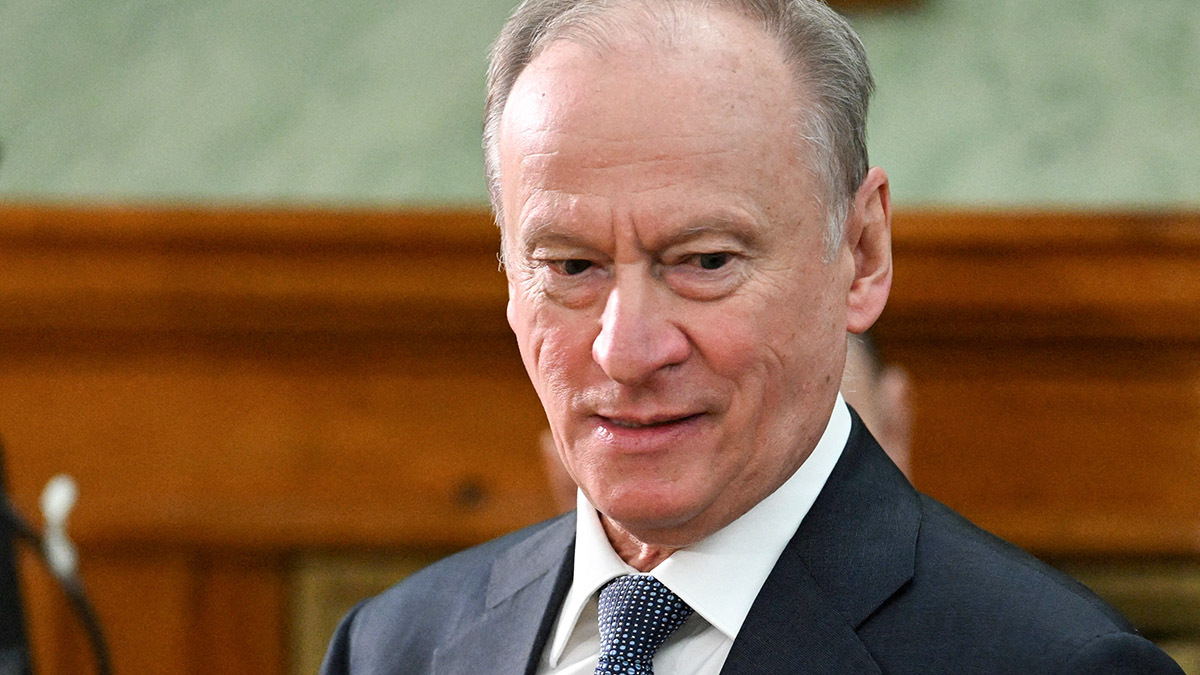
In the interview, the Russian president's aide stressed that one of the nation's priorities is to establish itself as one of the world's major maritime powers because, he explained, their analysis concludes that threats to Russia's maritime borders will only increase.
The content of the document is based primarily on a global political-military analysis that assesses armed conflicts and their naval power in comparison with Russia's. It also contains keys to future combat, activities in times of peace and even the image they want to project for the Navy in the future.
It should be noted that the armed conflict with Ukraine that began in February 2022 was taken into consideration. He also commented: ‘New provocations are being recorded in the Baltic, we see our opponents' desire to explore Russia's Arctic maritime borders, and not everything is going well, for example, in the Pacific Ocean. Ukrainian gangs are trying to violate the Russian Federation's maritime border in the Azov-Black Sea basin on an almost daily basis.’
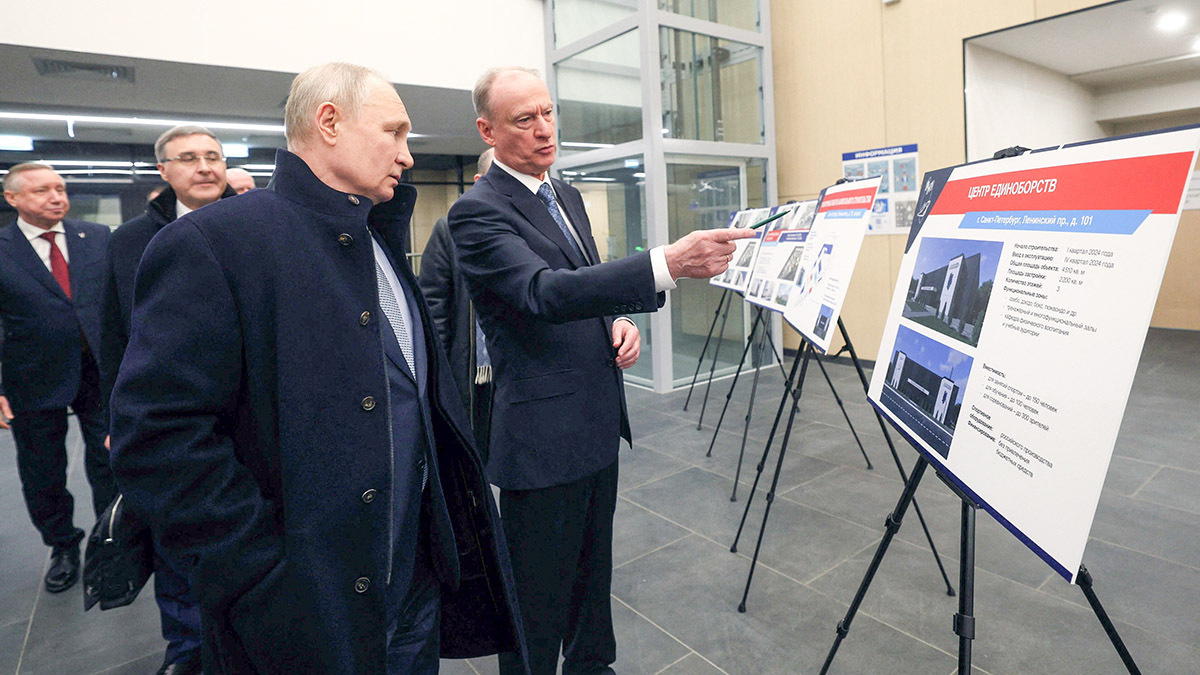
Another new feature of the strategy is the implementation of new technologies and the incorporation of more marine robotic systems into warships, in addition to the creation of a scientific and technological reserve.
He also added that the plan is not limited to the fleet, but also targets educational centres, as military science is made up of people and not just machinery. He then insisted that institutions need to train naval personnel in order to complete the future tasks they will face.
Patrushev explained that ‘the document will make it possible to plan the entire life cycle of ships, determine their number, the type of ships and vessels under construction, and serial production.’
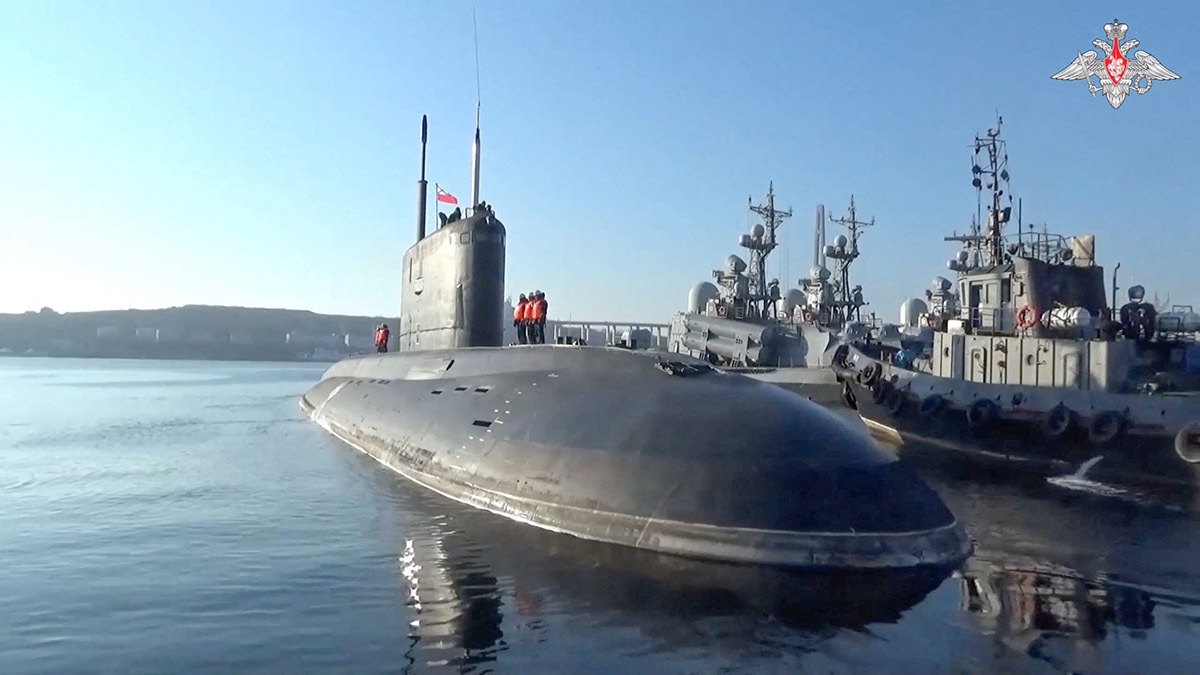
The strategy is expected to be implemented within the framework of the state armament programme and the state defence order. Patrushev also outlined the presidential decree on the establishment of the Alexei Nikolayevich Krylov National Research Centre for Shipbuilding.
He did not deny that the Russian Navy's development plan involves a huge investment of the nation's resources, justifying it as a necessary step for Russia to maintain its position as a world power.
To reinforce his argument, he quoted Pyotr Arkadyevich Stolypin, who was prime minister and interior minister under Tsar Nicholas II: ‘No world power can avoid participating in world politics... and renounce its right to vote in the resolution of world events. The fleet is a lever for exercising this right; it is an attribute of a great power.’
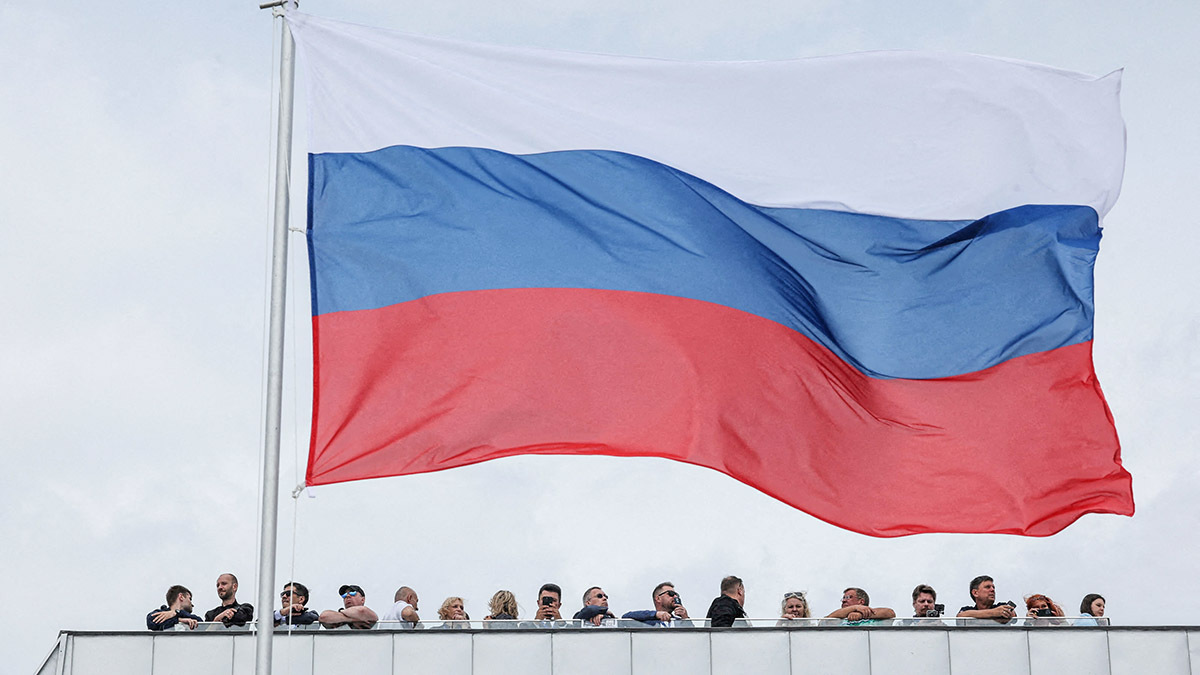
On the other hand, Dmitry Peskov, press secretary to the head of state and Kremlin spokesman, also pointed out the importance of the strategy approved by the president. He recalled that the fleet needs to evolve, even if it is a very laborious process.
In April 2025, Vladimir Putin had already confirmed that he intends to invest 100 billion dollars in the development of the Russian Navy and its entire fleet. This money will be invested in a 25-year strategy which, according to the Kremlin, will maintain the country's status as a world power.
